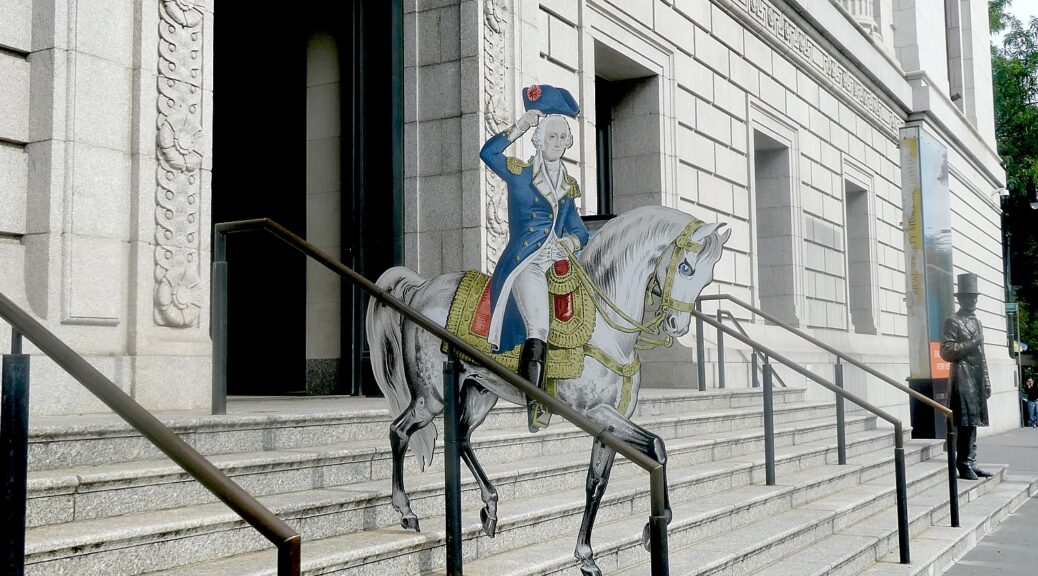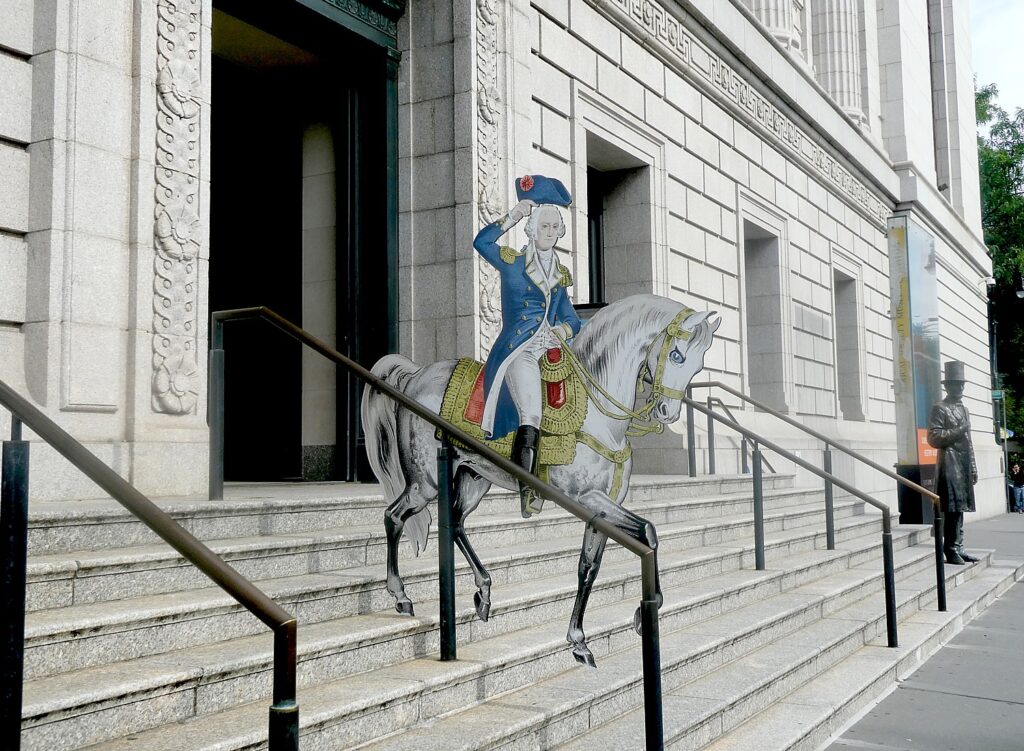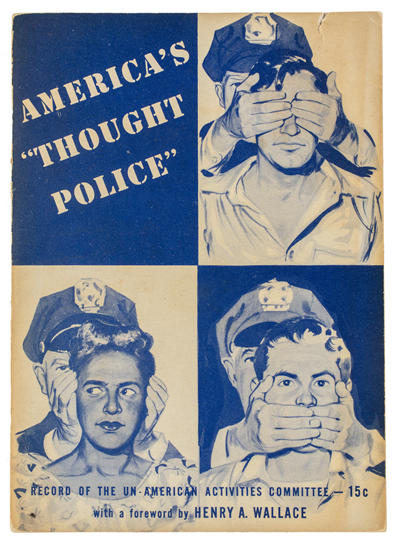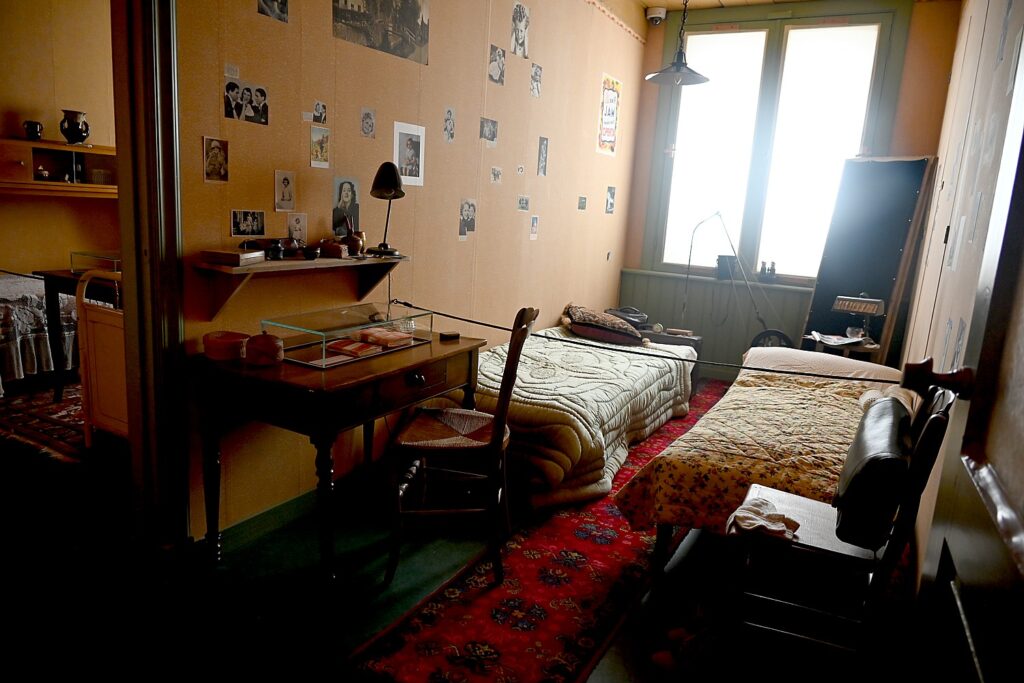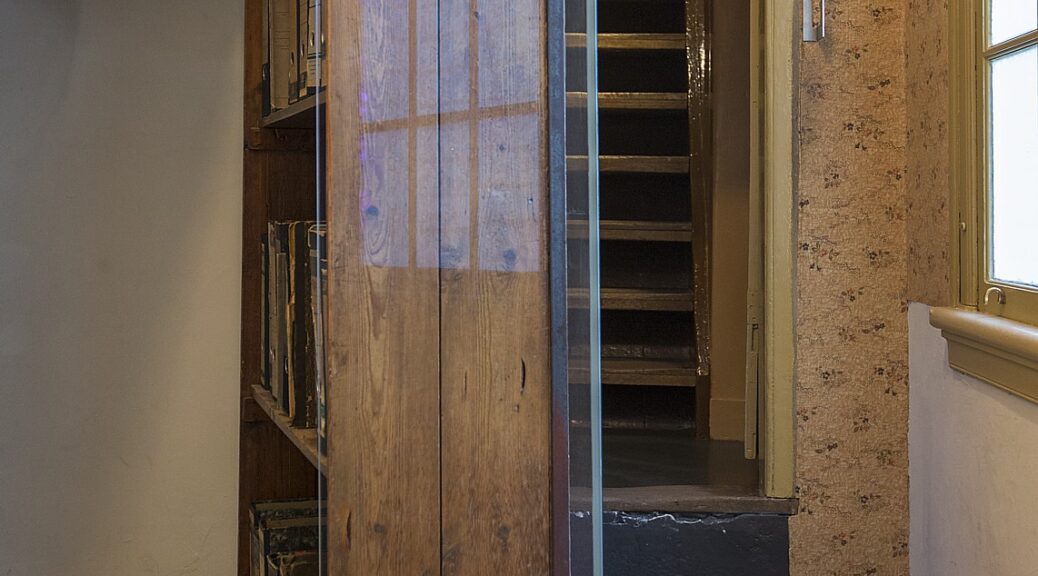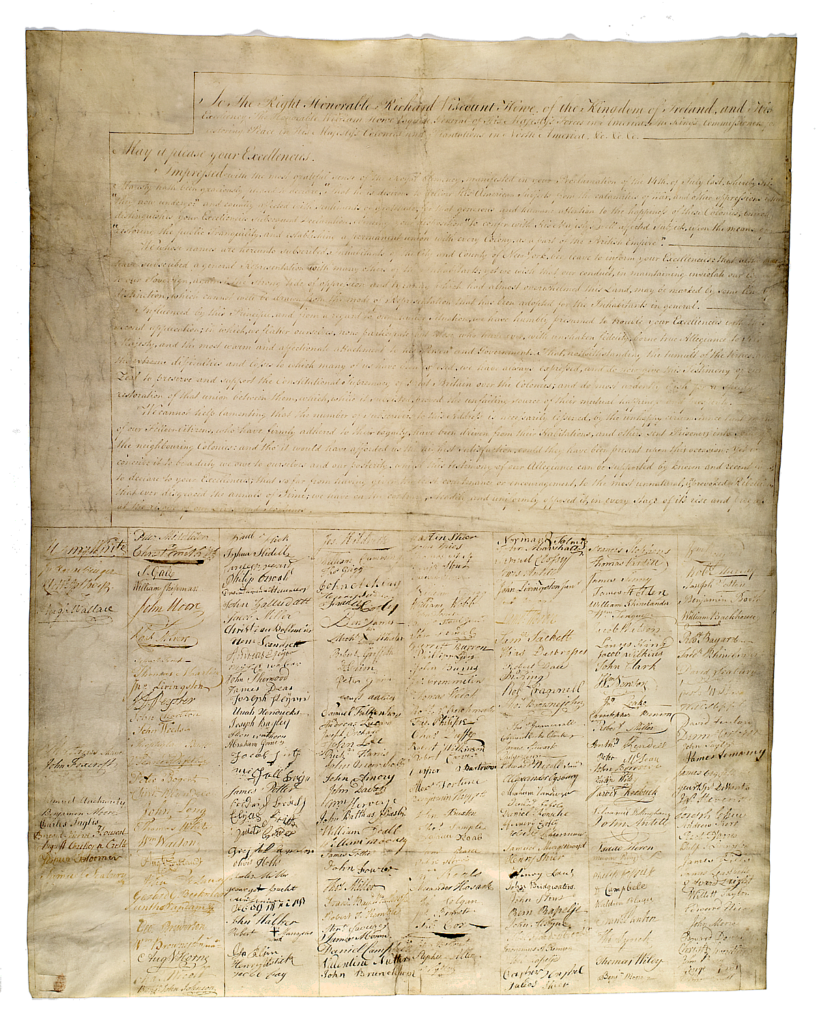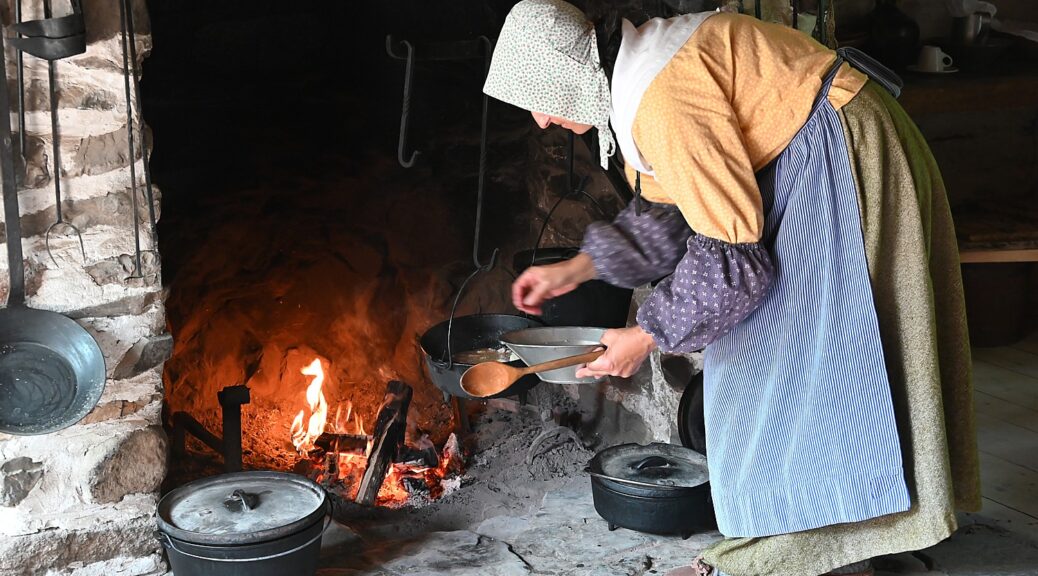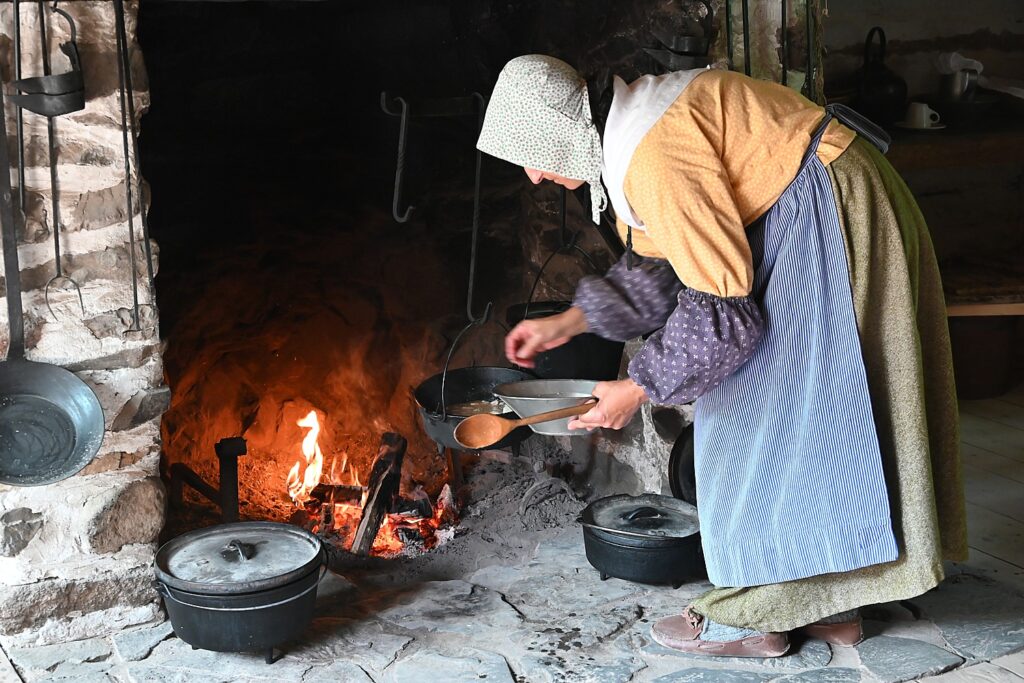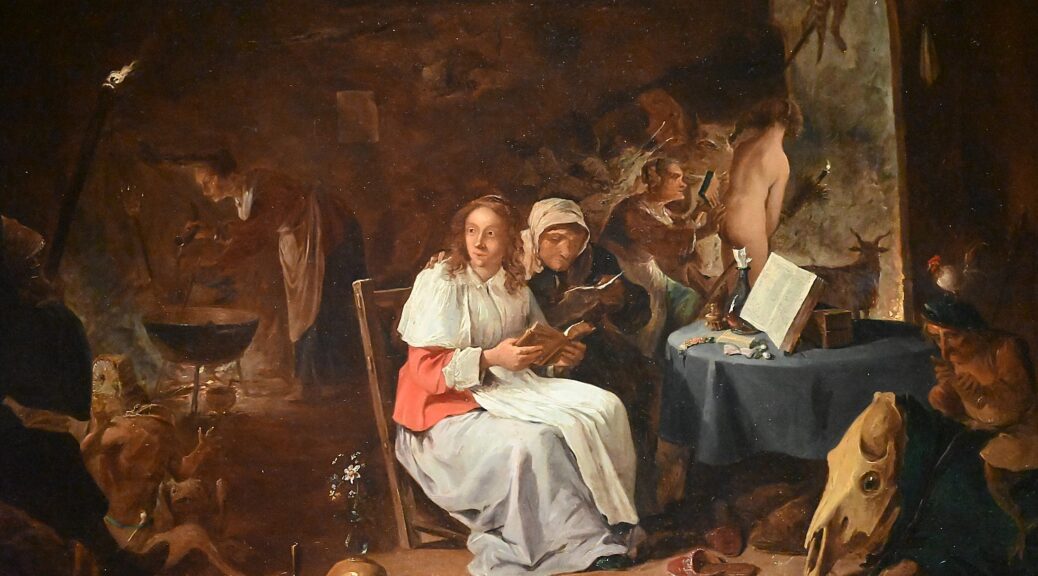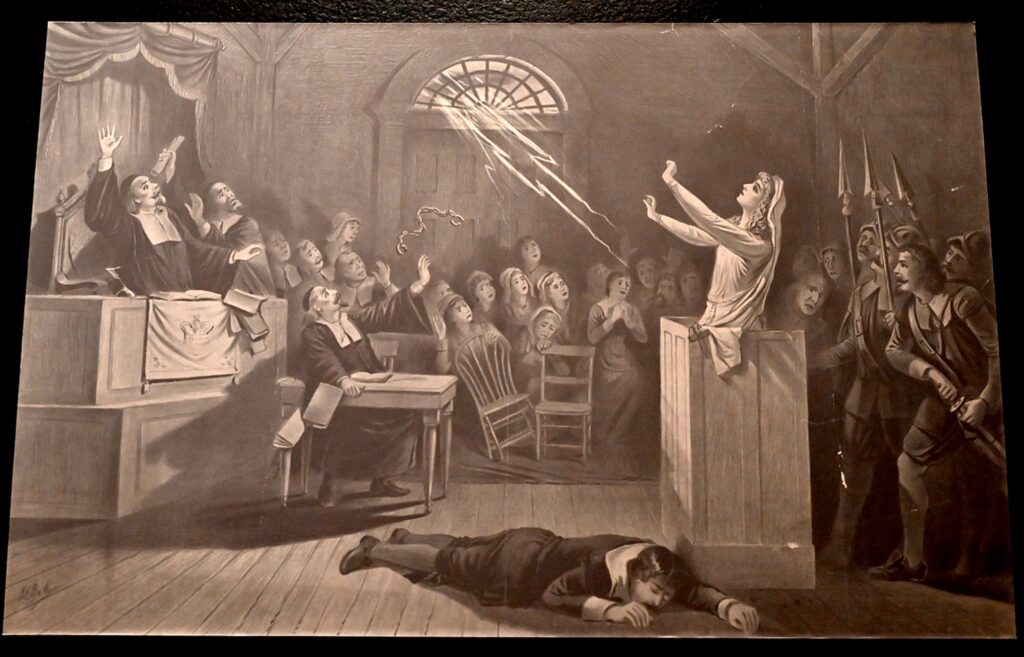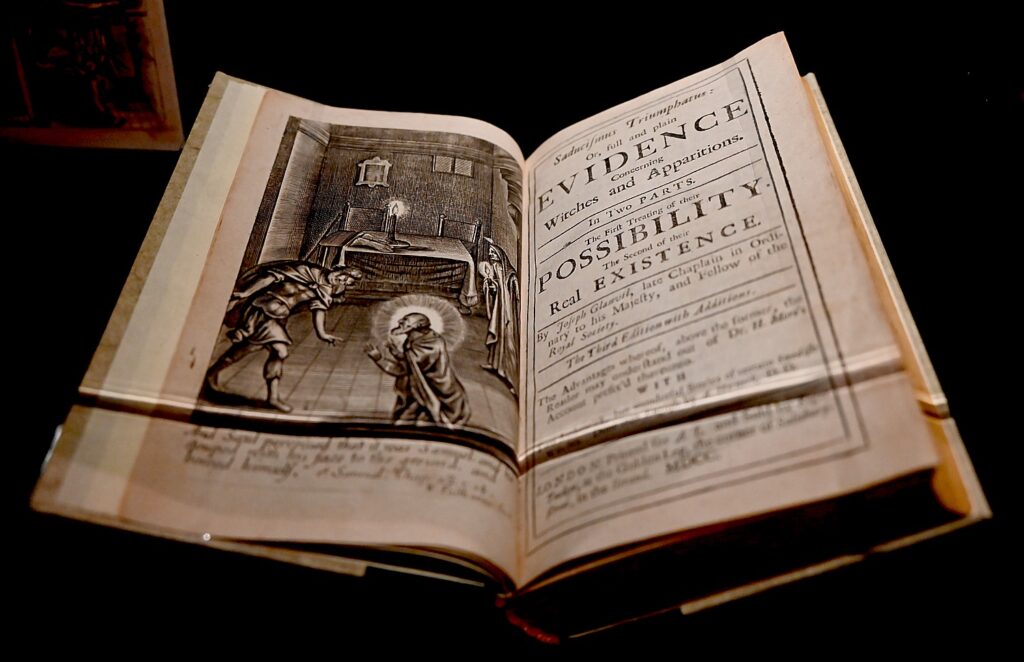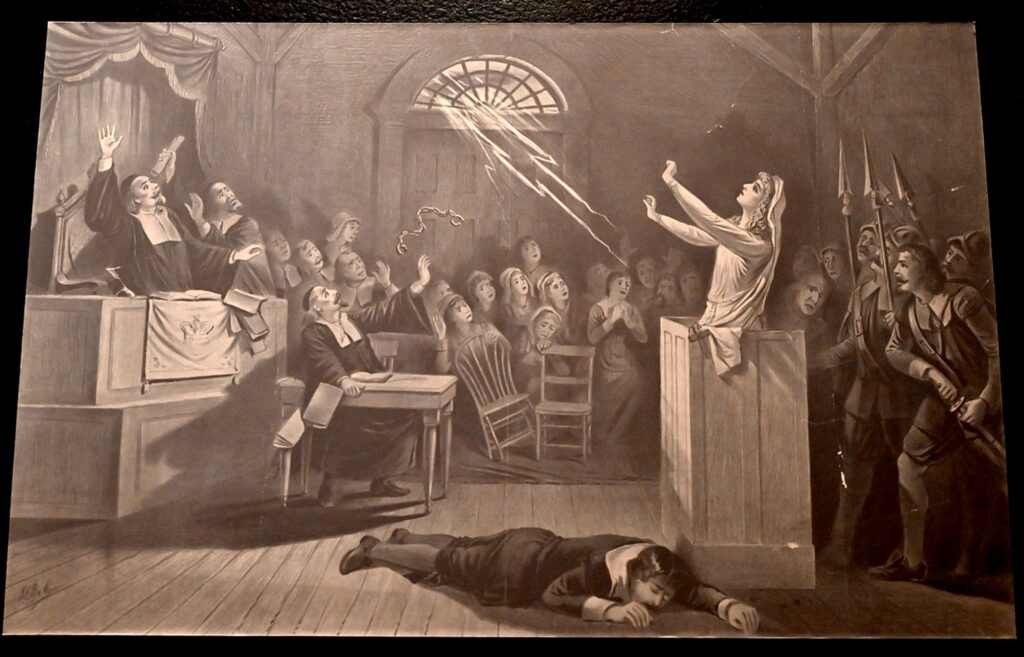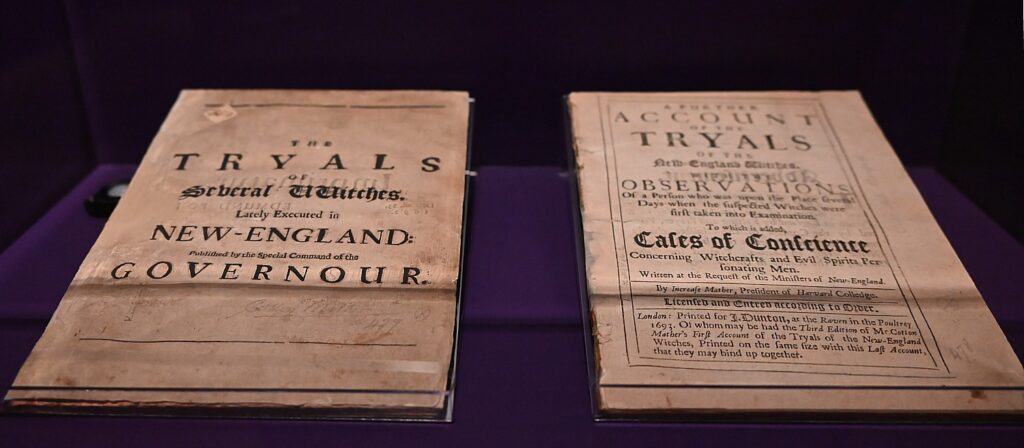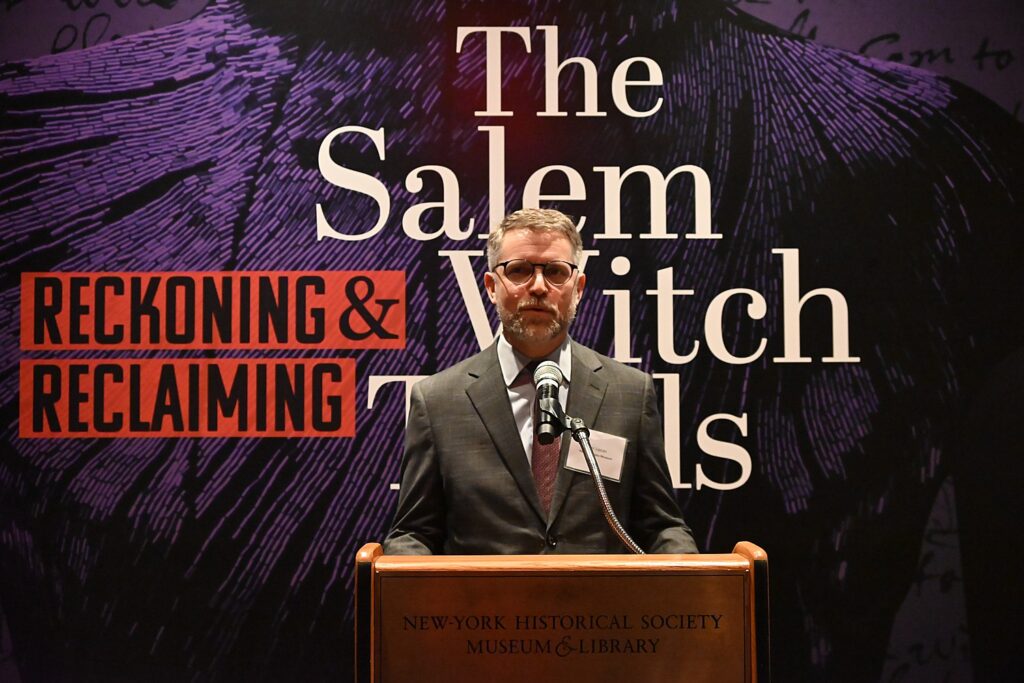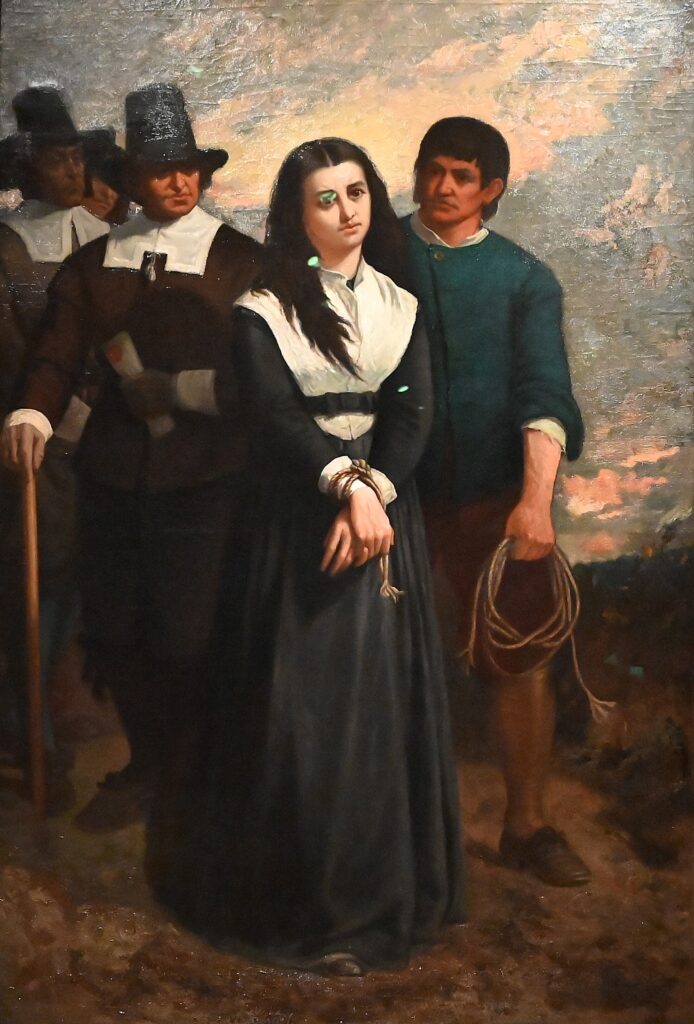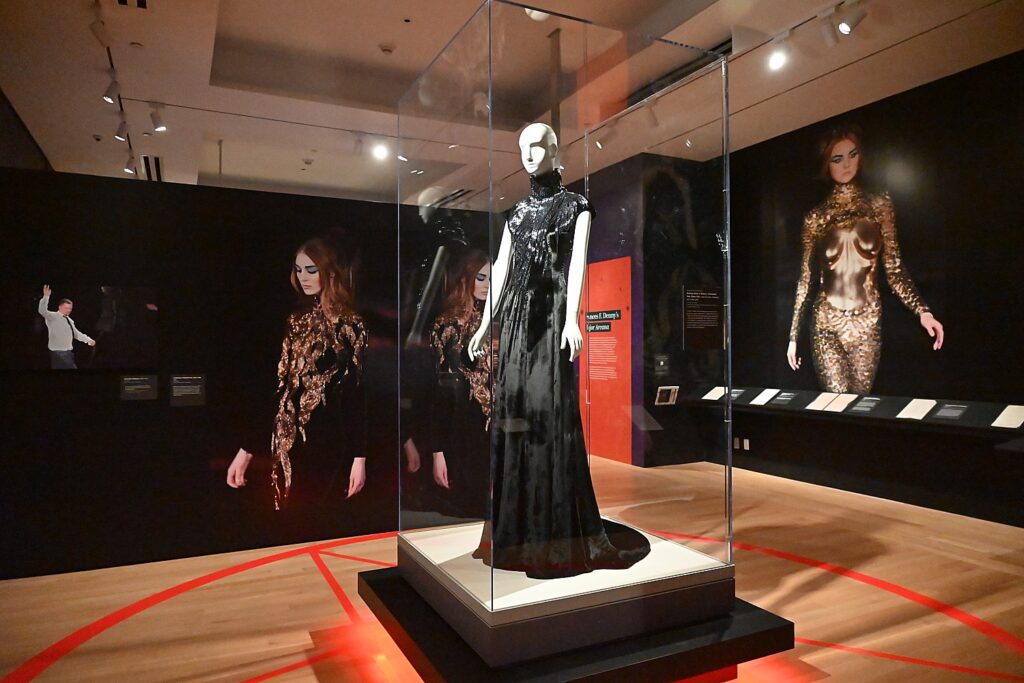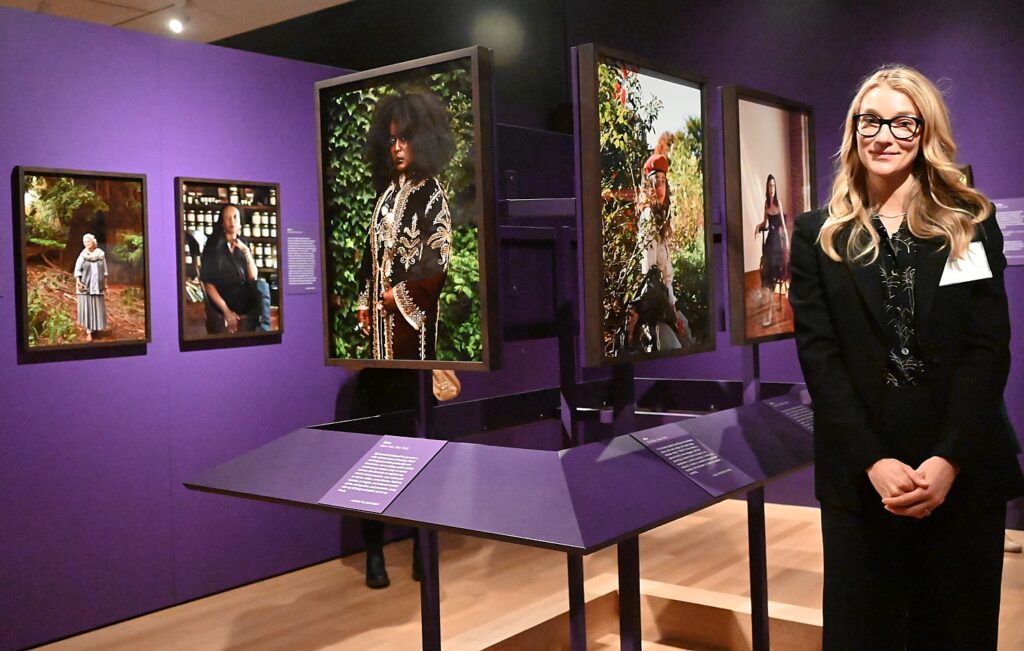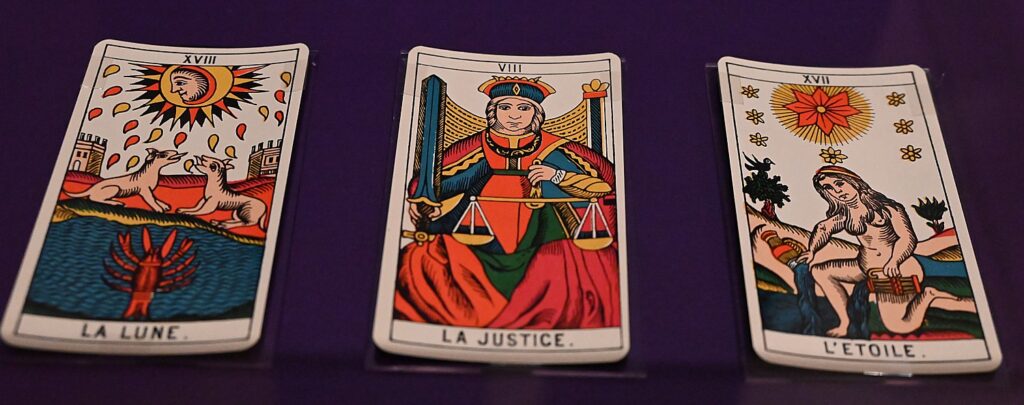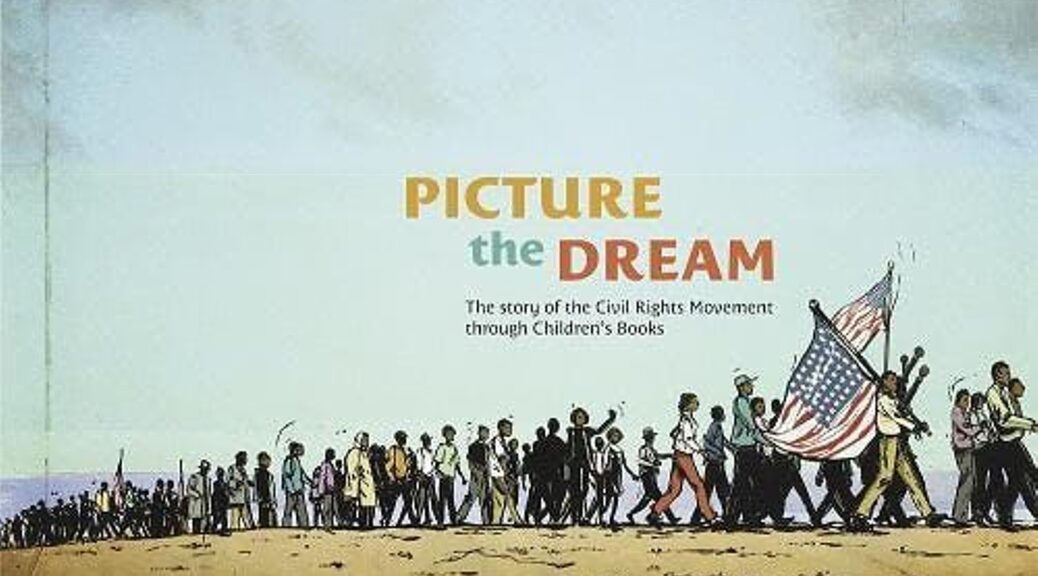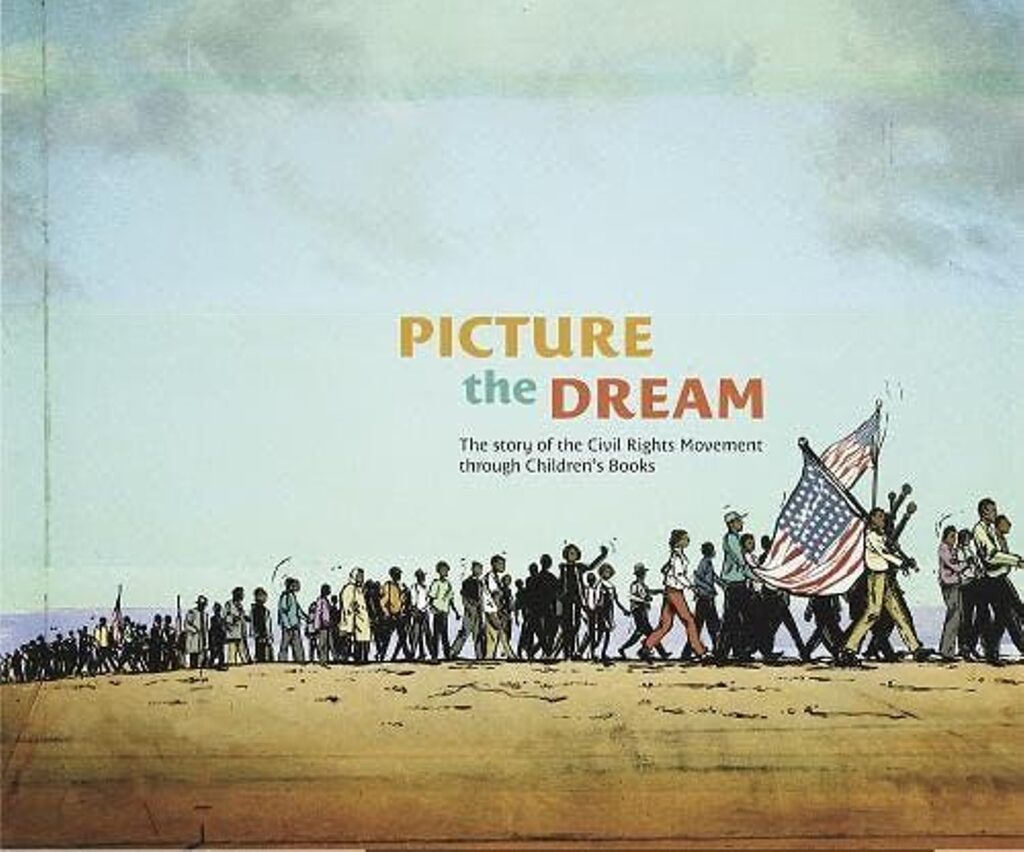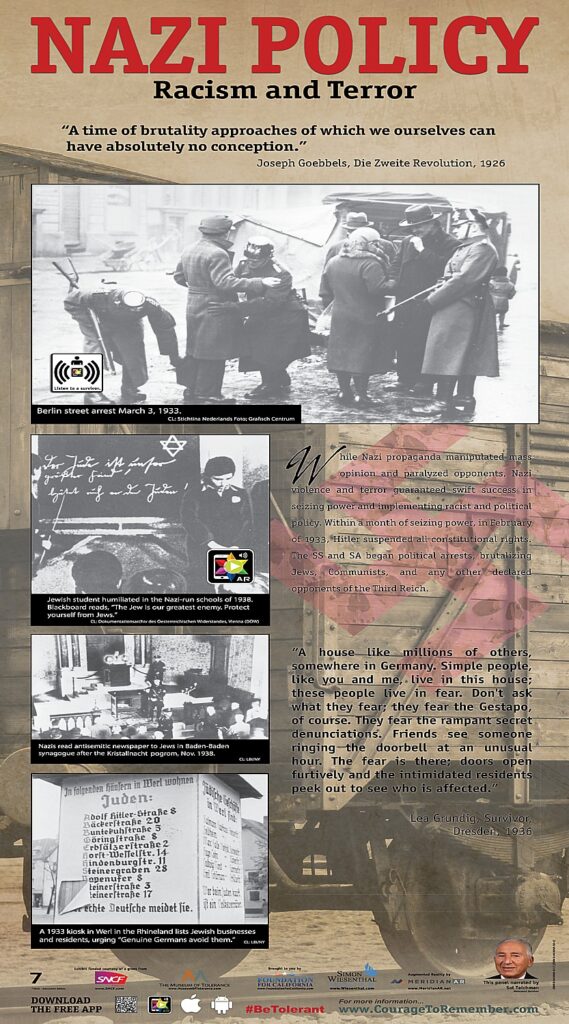“Summer of Reflection: The Legacy of Anne Frank” citywide initiative includes partnerships with NYC Public Schools and all three New York City public library systems
Book giveaway made possible by Bank of America and UJA-Federation of New York
Anne Frank: The Diary of a Young Girl is one of the most translated books in the world
After selling out its limited run within one week of opening, Anne Frank The Exhibition is now on extended view in NYC at the Center for Jewish History through October 2025; Organizers also announce newly added tickets and extended hours on select Fridays throughout the summer, on a first-come, first-served basis

New York, N.Y.—In a heartfelt tribute to the life and legacy of Anne Frank, Anne Frank The Exhibition – presented by the Anne Frank House at the Center for Jewish History in Union Square – announces a special initiative, Summer of Reflection: The Legacy of Anne Frank, to commemorate what would have been her 96th birthday.
Starting June 12th and continuing through the summer, the Anne Frank House—with support from Bank of America and UJA-Federation of New York—will distribute 10,000 free copies of Anne Frank: The Diary of a Young Girl and issue batches of free tickets for students and others to see the exhibition. The books will reach young readers throughout New York City and help keep Anne’s story accessible for future generations.
New York City Public Schools, Union Square Partnership, and the New York Public Library, Queens Public Library, and Brooklyn Public Library are partnering with the initiative and will distribute the books starting on Thursday and through the summer. Select books will also join the permanent collections of schools and libraries, ensuring lasting access. These offerings are a way to thank New Yorkers for their embrace of Anne’s story, which has had a lasting impact on history, education, and awareness of the need to fight antisemitism.
Beginning this Thursday, June 12th, on what would have been Anne Frank’s 96th birthday, educators and exhibition staff from Anne Frank The Exhibition will be at various locations from 12:00 p.m. to 2:00 p.m., to hand out free copies of the diary to students and families.
On Friday, June 13th, Anne Frank The Exhibition will open its doors for free admission starting at 2:45 p.m. through 5:00 p.m. Organizers also today announced they will extend free exhibition access – for up to 250 people – for public library card holders in partnership with the three systems on select Friday afternoons in July and August, starting on July 11th.
Visitors who wish to gain free access beginning at 2:45 pm on June 13th and on select Fridays in July and August will be welcomed on a first-come, first-served basis for an opportunity to experience the powerful and immersive exhibition without cost.

“Anne Frank’s diary is not just a historical document; it is a beacon of hope and a call to action,” said Ronald Leopold, Executive Director of the Anne Frank House in Amsterdam, which organized the New York City exhibition. “Her words inspire us to confront injustice and to promote tolerance and human dignity. By distributing thousands of copies of her diary and expanding access to the exhibition, we are reaffirming our commitment to education and remembrance. It is vital that Anne’s message reaches as many people as possible, especially in today’s world where antisemitism and group hatred is on the rise and the lessons of history must never be forgotten. It is what her father, Otto Frank, sought to achieve in his dedicated and courageous pursuit of the Diary’s publication.”
The distribution of the 10,000 books is made possible thanks to the generosity of Bank of America and UJA-Federation of New York, in collaboration with the New York City Public Schools Office of Library Services, New York City Public Schools Department of Social Studies & Civics, and New York City Public Schools Summer Rising enrichment program.
“To help preserve and broaden access to Anne’s story, we were thrilled to expand our sponsorship of Anne Frank The Exhibition through this book distribution,” said José Tavarez, president, Bank of America New York City. “This additional access will help to widen efforts, engaging a younger generation to learn about Anne’s life and writings, her experiences and resiliency.”
“Anne Frank’s diary gives voice to the hopes and fears of a young girl facing unimaginable hatred — and that voice still speaks powerfully to young people today. By helping to put this book directly into the hands of New York City students, we’re giving them the opportunity to connect personally with Anne’s story, reflect on the consequences of hatred, and understand the possibility of resilience and the human spirit. Particularly now, at a time of sharply rising hatred targeting the Jewish community, our hope is that young readers will be inspired to stand up to hate, to find courage in the face of adversity, and to believe in the power of their own voices,” said Eric S. Goldstein, CEO, UJA-Federation of New York.
“Across New York City’s library systems, our mission is to provide access to knowledge for all. We are grateful for the opportunity to distribute Anne Frank: The Diary of a Young Girl at public libraries throughout the city, thanks to our partnership with the Anne Frank House and their generous donation. By sharing with thousands of New Yorkers the story of Anne Frank and the history she captured in her own voice—which is as vital today as when it was originally published—we hope to inspire young readers to deepen their understanding and experience both the joy and importance of reading,”saidBPL President and CEO Linda E. Johnson, NYPL President and CEO Anthony W. Marx, and QPL President and CEO Dennis M. Walcott.
“In the face of rising antisemitism around the country and world, it is critical that we take steps across our city to combat hate and intolerance,” said New York City Public Schools Chancellor Melissa Aviles-Ramos. “Anne Frank’s story is one of hope, humanity, and courage, and it belongs in our classrooms and in our communities as a key part of this work. I am confident that the distribution of 10,000 copies of her diary will leave a lasting impact on our young people, just as it did on my own students when I was a high school English teacher.”
“Union Square welcomes a dynamic array of public experiences rooted in connection, engagement and education, including the Summer of Reflection: The Legacy of Anne Frank,” said Julie Stein, Executive Director of Union Square Partnership. “This summer, students, families, and visitors are invited to explore this special initiative. And, thanks to the generosity of Bank of America and UJA-Federation of New York, thousands of readers will take home a piece of history through the Anne Frank House’s book giveaway.”
“The Diary of Anne Frank is not just relevant—it is essential for young New Yorkers today. Anne’s story is a powerful mirror reflecting the dangers of antisemitism and hatred that persist in our world. Her words compel us to confront bigotry with humanity and to replace silence with courage. As we mark what would have been her 96th birthday, the Center for Jewish History invites everyone to engage deeply with her legacy through Anne Frank The Exhibition—and join us in mobilizing Jewish history to confront and overcome the forces of hate threatening our communities today,” said Dr. Gavriel Rosenfeld, President of the Center for Jewish History.
Anne Frank The Exhibition is the first time in history that the Anne Frank House presents a pioneering experience outside of Amsterdam to immerse visitors in a full-scale recreation of the Annex rooms, fully furnished, where Anne Frank, her parents and sister, and four other Jews spent two years hiding to evade Nazi capture.
Moving through the exhibition, visitors can immerse themselves in the context that shaped Anne’s life—from her early years in Frankfurt through the rise of the Nazi regime and the family’s phased move to Amsterdam across 1933 and 1934, where Anne lived for ten years until her 1944 arrest and deportation to Westerbork, a large transit camp in the Netherlands, then to Auschwitz-Birkenau, a concentration camp and killing center in Nazi-occupied Poland, and eventually to her death at Bergen-Belsen concentration camp in Germany when she was 15 years old.
Four exhibition galleries immerse visitors in place and history through video, sound, photography, and animation; and more than 100 original collection items from the Anne Frank House in Amsterdam. Anne Frank The Exhibition provides an opportunity to learn about Anne Frank not as a victim but through the multifaceted lens of her life—as a girl, a writer, and a symbol of resilience and strength. This is a story inspired by one of the most translated books in the world.
The New York City exhibition occupies over 7,500 square feet of gallery space in the heart of Union Square. This marks the first time dozens of artifacts can be seen in the United States—many have never been seen in public.
Artifacts in the exhibition include:
● Anne Frank’s first photo album (1929-1942);
● Anne Frank’s typed and handwritten invitation to her friend for a film screening in her home (by 1942, anti-Jewish measures prohibited Jews from attending the cinema); and
● Handwritten verses by Anne Frank in her friends’ poetry albums.
Advising the Anne Frank House on the New York City exhibition is Michael S. Glickman, CEO of jMUSE. Dr. Doyle Stevick, Executive Director of The Anne Frank Center at the University of South Carolina, the Anne Frank House’s official U.S. partner, is the educational advisor.
The exhibition is made possible through the generosity of many philanthropic foundations and individuals, whose partnership has ensured the exhibition is available to students and educators throughout the United States, as well as throughout the local New York City metro region.
Anne Frank The Exhibition is a limited engagement, now extended through October 31, 2025.
Anne Frank House gratefully acknowledges the following benefactors who have contributed to the exhibition: The exhibition is made possible by Leon Levy Foundation, with leadership support by David Berg Foundation, Rebecca and Jared Cohen, Stacey and Eric Mindich, The Koum Family Foundation, Merryl and James Tisch, UJA-Federation of New York, and corporate partner Bank of America. Educational patrons to the exhibition include Gray Foundation and The Fuhrman Family Foundation, with additional support by The Barbra Streisand Foundation.
Major support has been provided by Debbie and Mark Attanasio, Tanya and Ryan Baker, Einstein Astrof Foundation, Elyssa and William Friedland, Jesselson Foundation, Allison and Warren Kanders, Pershing Square Philanthropies, Sara Naison-Tarajano, The Krupp Foundation, Katharine M. and Leo S. Ullman, and Anonymous, with sponsorship support by GRoW @ Annenberg, Rita J. & Stanley H. Kaplan Family Foundation, Karyn Kornfeld & Steven Kobre, The Claire Friedlander Family Foundation, and Zegar Family Foundation. Pro bono legal services provided by Wachtell, Lipton, Rosen & Katz.
General Information
Following months of being sold out, additional tickets have been added for the months of June, July, and August to ensure visitors have easy access to the exhibition. Tickets available at AnneFrankExhibit.org. The exhibition is designed for children (ages 10 and older) and adults. All general admission tickets include the exhibition audio guide. Visitors should plan to spend approximately one hour at the exhibition. Last entry is one hour before closing.
Center for Jewish History, 15 West 16th Street, New York, N.Y. between 5th and 6th Avenues
To learn more about the Center and its public programs, visit: cjh.org.
See also:
LANDMARK ANNE FRANK THE EXHIBITION IN NYC PERSONALIZES HOLOCAUST AS NEVER BEFORE
For more travel features, visit:
Going Places @ longislandpress.com
goingplacesnearandfar.wordpress.com
travelwritersmagazine.com/TravelFeaturesSyndicate/
goingplacesfarandnear.tumblr.com/
instagram.com/going_places_far_and_near/
instagram.com/bigbackpacktraveler/
‘Like’ us on facebook.com/NewsPhotoFeatures
X: @TravelFeatures
Threads: @news_and_photo_features
Bluesky: @newsphotosfeatures.bsky.social

